Cremations and Celebrations: One Day in Varanasi, India’s Holiest City
This website uses affiliate links which may earn a commission at no additional cost to you. As an Amazon Associate I earn from qualifying purchases.
Updated: 25th January 2024
It’s four am when my alarm pierces the silence. For a second, I lay motionless in disbelief. For years, I’d said one day I’ll be there. And here I was, there. The holiest of Hindu cities.
Thoughts of the countless pilgrims who have journeyed to the Ganges’ sacred streams flit through my mind as I rush to dress. These revered rivers flow far but are at their most celebrated here, attracting millions to bathe in the waters said to wash away all sins. For many, including me, being here is a true once-in-a-lifetime dream.
My one day in Varanasi was today, and I didn’t want to miss a millisecond.
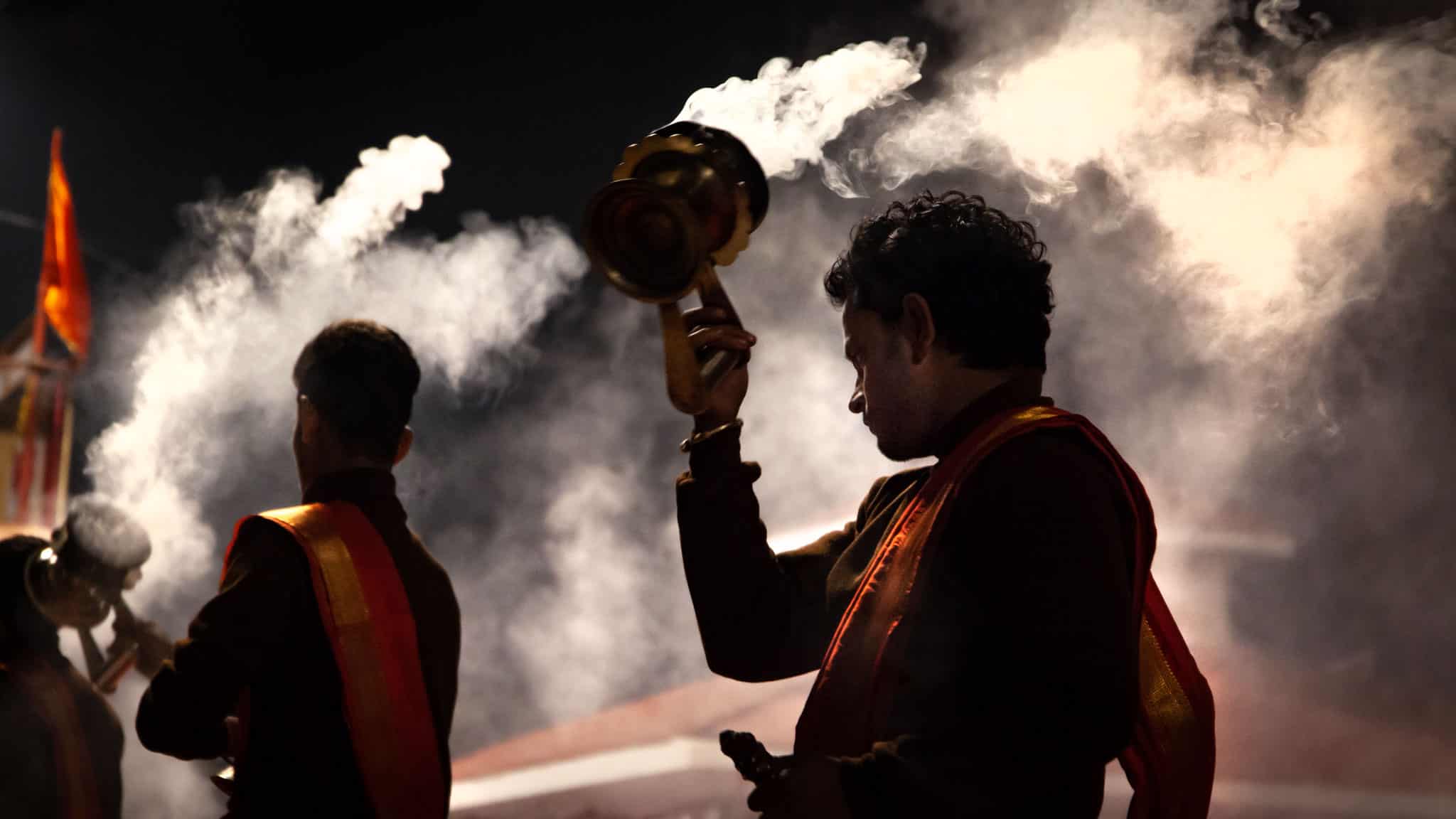
Snaking between other rickshaws and plodding cattle hunting their morning feed, the chilly air cuts to my bones as I head towards the riverbank. At this hour, the streets are quiet, almost serene.
Small groups huddle around the handful of open stalls, sipping on chai and waiting for the sun to break. Tucked away in dimly lit corners, lonely faces are illuminated by the flame of a match, signalling the day’s first nicotine hit. Quickly, I reach the southerly Assi Ghat and break into a broad grin at the unhurriedly swaying boat before me.
I’m quickly distracted by chanting from deep within a crowd. Beyond the huddle, a row of orange-robed young men circled by burning flames hypnotizes anyone who glances their way. An equally immaculately dressed lady throws objects into a fire, raining a shower of sparks over the scene. This is the daily pre-sunrise Aarti, the Subah e Banaras – a Hindu ritual which, in this case, is dedicated to the Ganges.
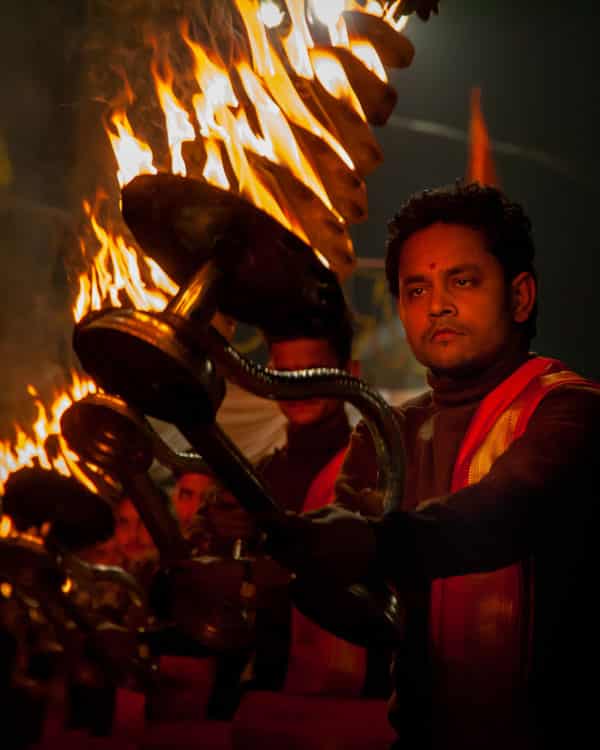
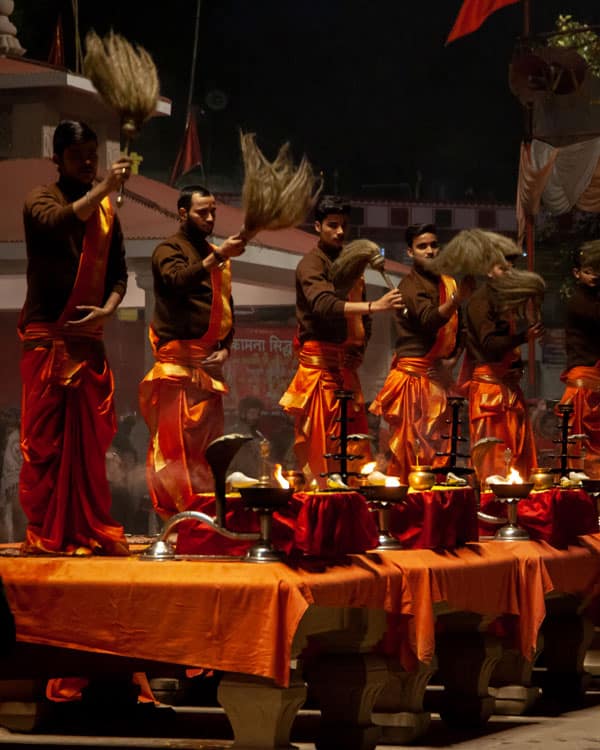
I’ve visited India a handful of times, and even though this mysterious city has long been the India I was most eager to experience, somehow, it had always eluded me. Stepping onto the sky-blue rickety boat and gliding away from the Ghat upstream – the river here uniquely flows in the ‘opposite’ direction – it was suddenly real. I was face-to-face with a world that had been hard to fathom from the pages of a book.
The Ghats, staircases that descend to the water’s edge, are almost as important as the river. Affording pilgrims access to the sacred waters. There are some 80-odd Ghats along this seven-kilometre stretch, and as the sun breaks, I watch young boys playing out their cricket fantasies, yoga poses, and huddled women bathing as we sail alongside each one.
But some of the most important Ghats are perhaps the hardest to stomach for visitors. For these holiest of waters aren’t only for cleansing in life but also in death. Hundreds of bodies are cremated here daily on burning wooden pyres – the ashes spread into the sacred waters so the soul can ascend directly to heaven.
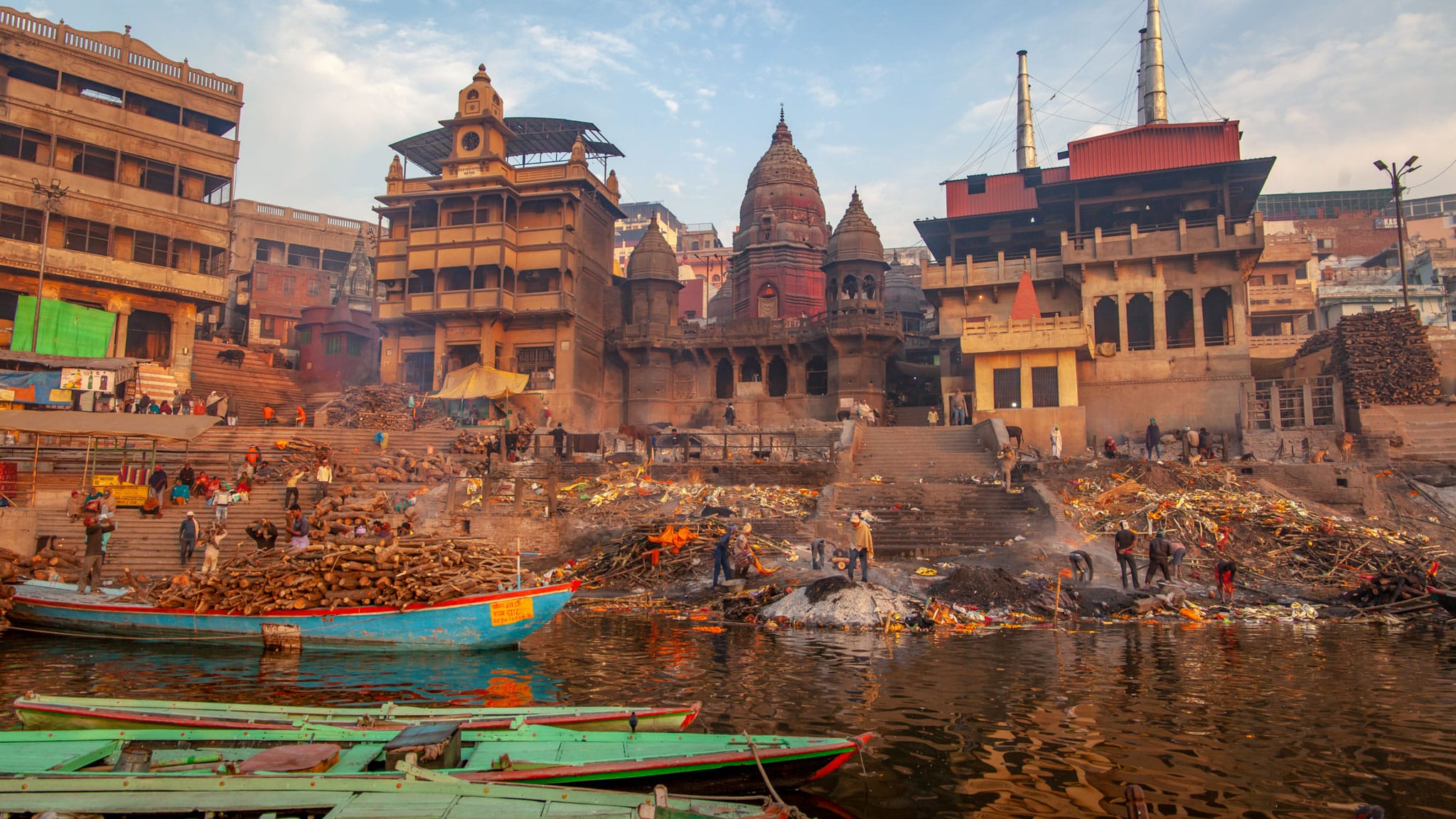
It’s fascinating, raw, and hard to digest. I feel like a perverse intruder as I look on. Yet, I’m unsure if averting my gaze is ruder, and I glance at my boat captain’s weathered face for reassurance. He seems equally as transfixed, although he’s likely witnessed this age-old tradition countless times.
Sensing my eyes, he tells me no one knows how many bodies have been committed to the water here. The cremations aren’t particularly licensed or organised; those who wish to bring a body here – and many do from across the country – can do so. We silently sail back the way we came, leaving the lives fading into the water in our wake.
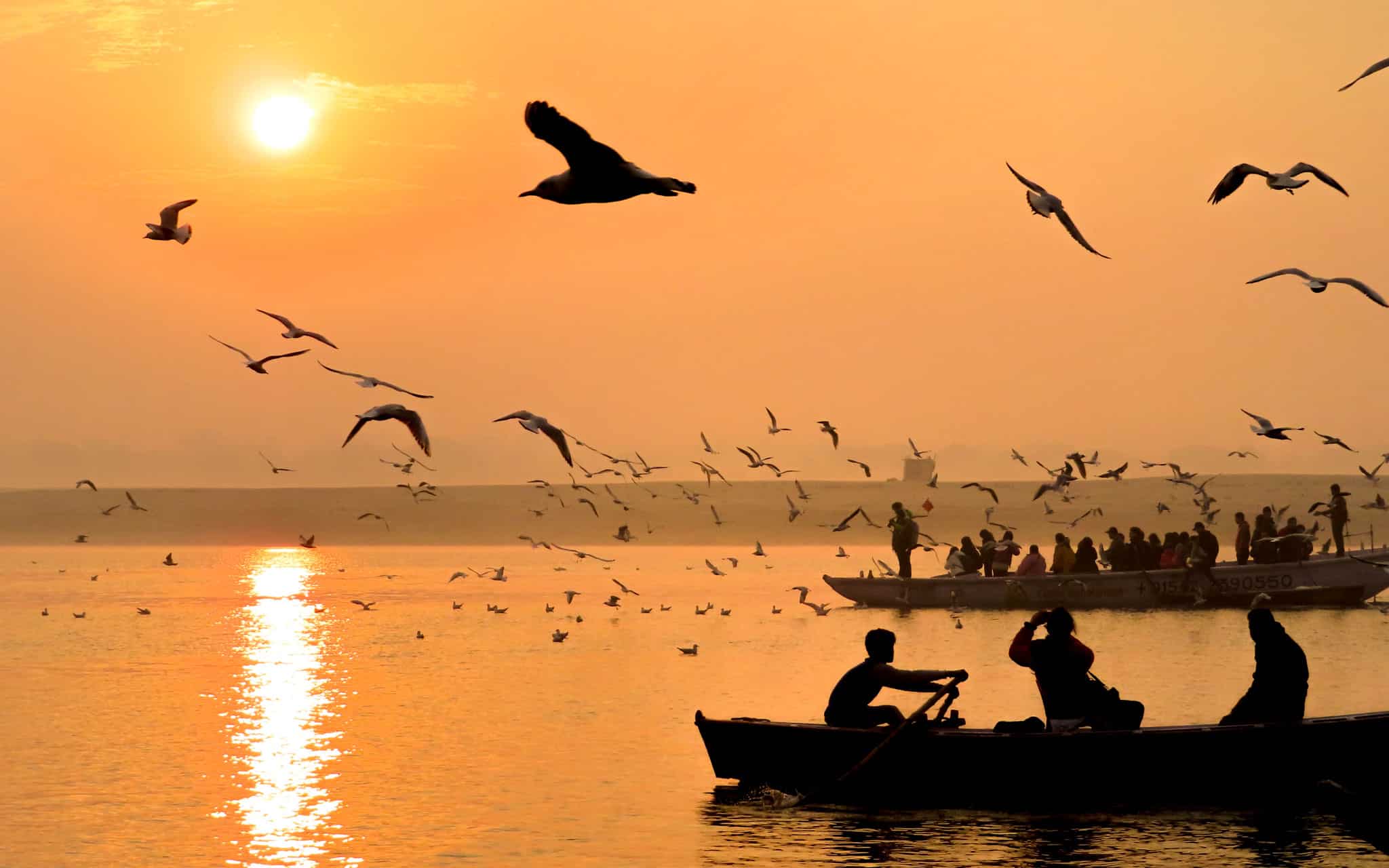
A prickle of warmth hits my neck as the sun bathes the banks in an ethereal golden hue. From the river, I feel like I have a front-row ticket to this city’s soul – and someone has just turned the spotlights on.
Rusty red palaces and towering temples juxtapose with luggageless pilgrims arriving at the water’s edge. Hardworking men wheel carts back and forth, transporting wood to the cremation sites. Bathers silently submerge themselves in the sacred waters while open-air laundrettes douse bedding beyond. A cacophony of boat engines, squawking gulls and squealing children replaces the soothing chants of the early hours.
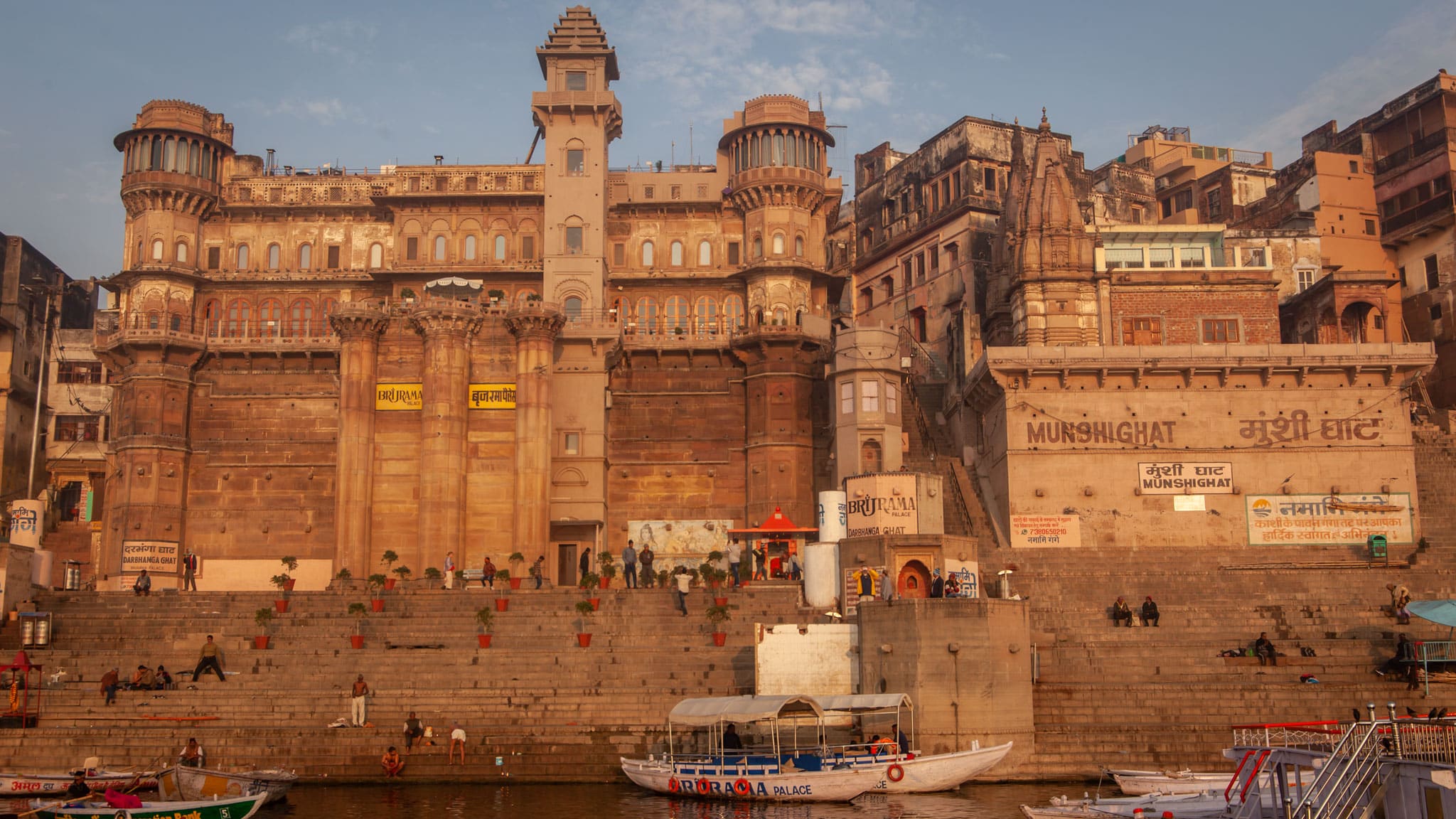
Reaching dry land, I schlep up the steep stairs, bounding goats goading as they overtake me. It’s nearly nine am, and my stomach is chanting for substance. Entering the maze of alleyways away from the riverbank, I feel serenity slink away with the ebbing sacred waters.
Street cleaners ferociously fight a losing battle with dust. Around a corner, mud wrestlers are at it, partaking in akhada, a traditional sport. Down each new lane, another story unfolds.
At Shree Ram Bhandar I settle on an empty plastic stool and wait for my turn to try the local morning staples. Aloo kachori, a stuffed and fried snack ball, and piping-hot sweet jalebis go down as a treat. But it’s the show that’s even more delicious. Hands dart everywhere above the sizzling pans of oil, ladles and spoons in overdrive. And seemingly, the whole city crowds around, waiting their turn for a heavenly bite.
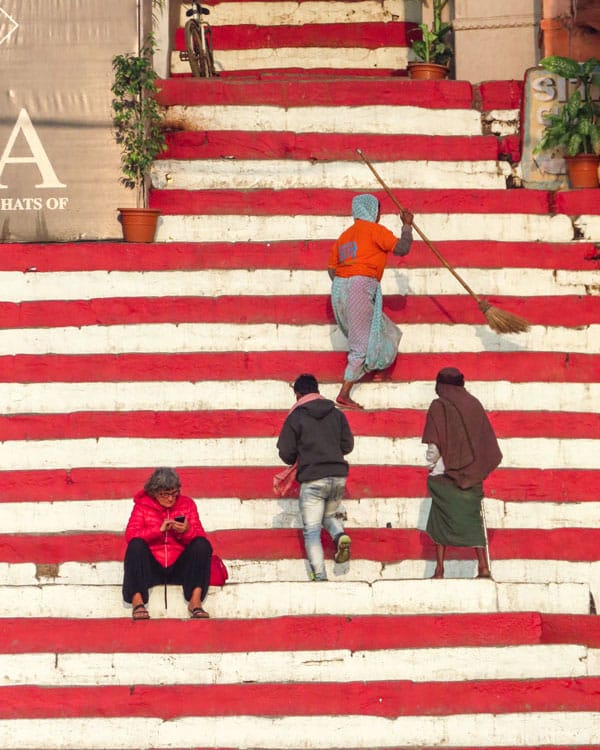
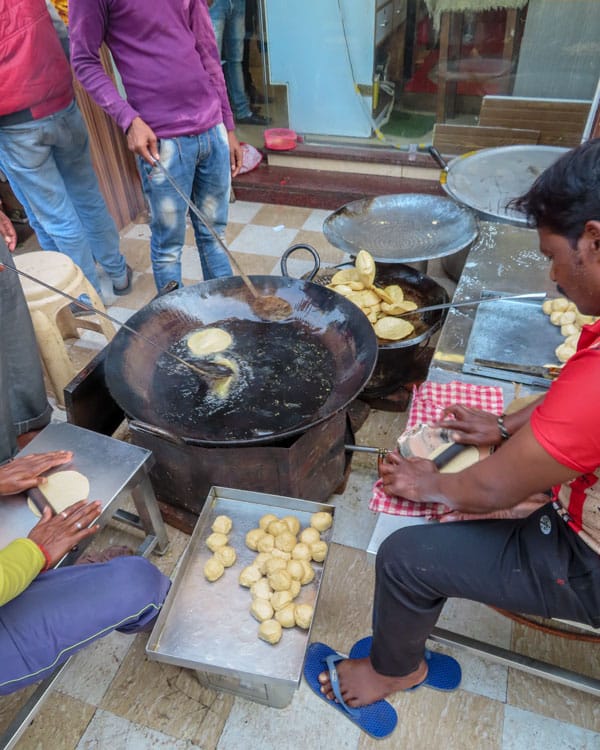
I spot a stray goat donning a makeshift jumper and decide he’ll be as good a guide as any, following him deeper into the side streets. Eventually, we say goodbye as I dip into a silk house in the weaving district and him into a bin.
Behind an ajar door, experienced, well-worn fingers effortlessly weaved threads together. Elegant, complete Saris hanging on the wall behind. He symbols me to come further inside, and I’m hypnotised as I watch him work. There’s a reason that Benarasi Silk Sarees are a source of pride sold throughout the country.
Someone mentions a vast, modern museum and textile centre that has opened in recent years just outside the oldest part of the city. But how could that compare to the handiwork in these lived-in alleys? Here, among an almost deafening chorus of power looms, I was in the heart of the action.
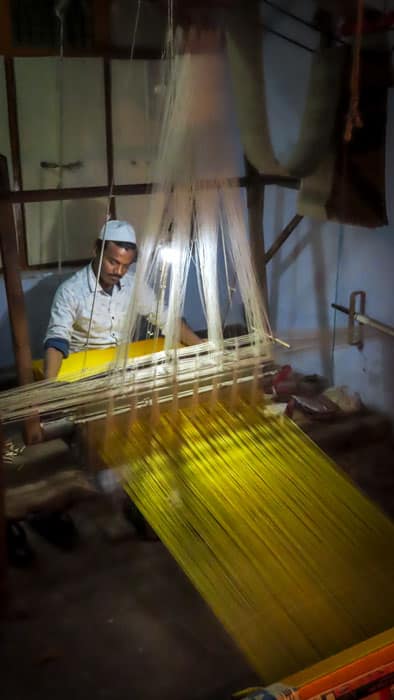
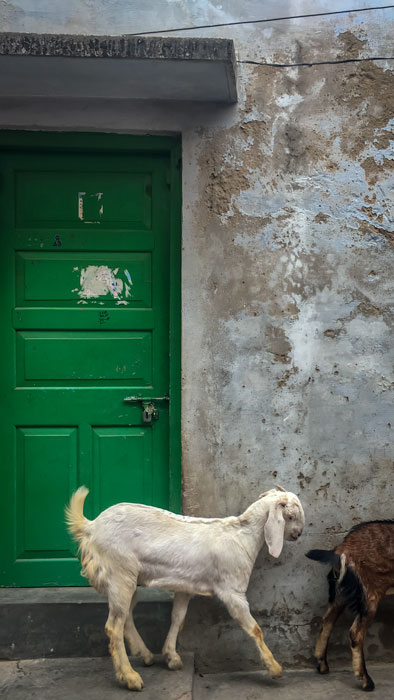
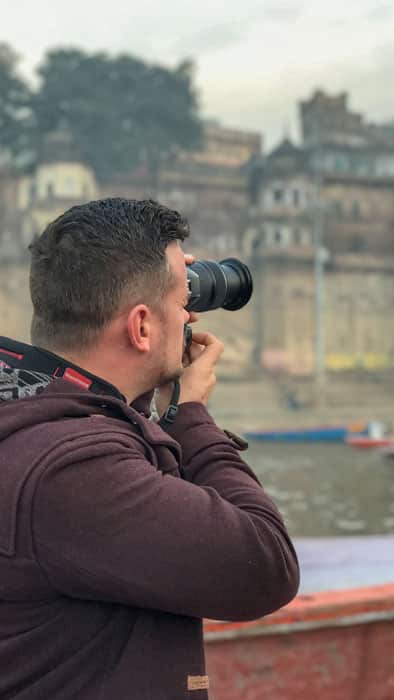
As the afternoon’s heat turns into a hazier light, I steer back towards the river. The streets seem quiet, almost expectant, as I board another boat for the grand finale: the evening Ganga Aarti at the Dashashwamedh Ghat.
Chugging along the water, an explosion of colour and sounds appears as we arch a slight bend in the spiritual stream. Innumerable boats are patiently floating side by side, huddling together like they’re seeking shelter from a storm. Children run along the river bank upstream, clinging to kaleidoscopic kites. Everyone’s heading to the same spot.
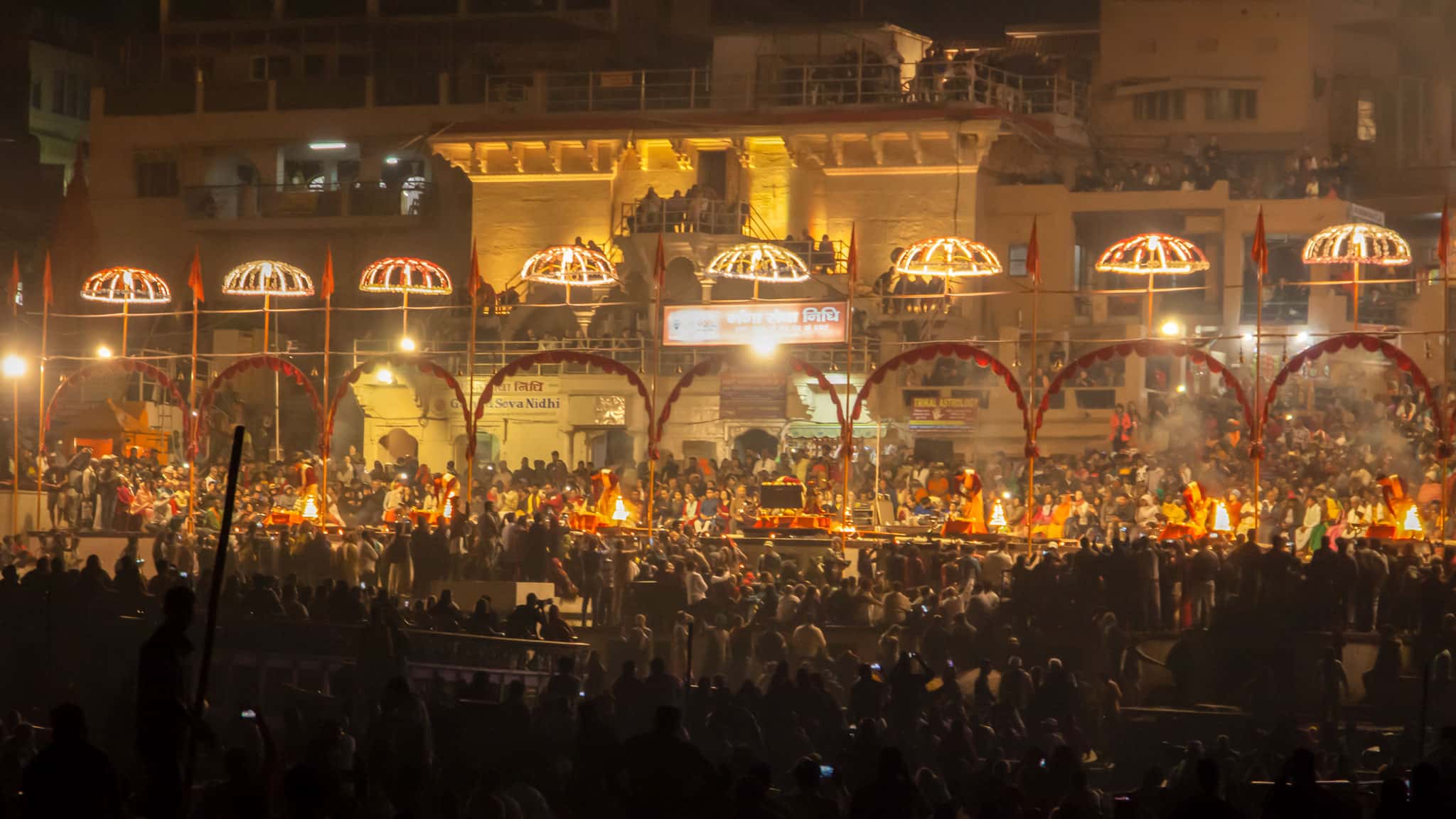
On land, the Dashashwamedh – Varanasi’s main Ghat – is overflowing. It’s impossible to tell how many people are crowded here to witness the evening Aarti in all its divine glory. I squint from our slightly beaten boat at the back of the pack, trying to get a decent view. Photos are pointless, and I happily pack my camera away – this seems a moment to be fully present if ever there was one.
With sunlight fading, the floating candles – delicately balanced on leaves and flowers – twinkle like fireflies. For a brief moment, I’m in the India I’d always pictured as a kid: one of pretty colours and lights, activity and entertainment, culture and controlled chaos.
We might have been far from the riverbank where flames were swirling and chants were calling, but the energy slapped me around the face like I was on stage. How many of us are here right now, I wonder. Thousands, at least – all enthralled and dedicated to the divine Goddess Ganga.
It’s like a perfectly choreographed Bollywood show, and we’re the extras. Except for millions each year, this isn’t a performance at all; it’s the pinnacle of a sometimes painstaking pilgrimage.
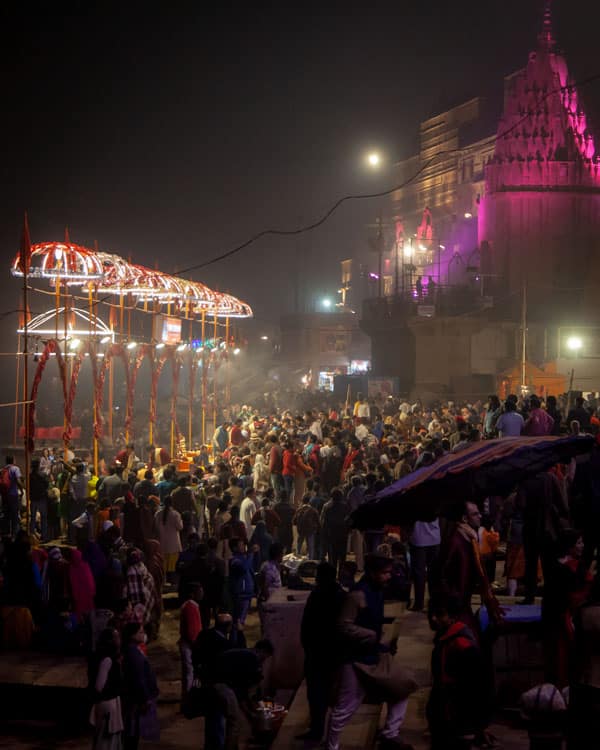
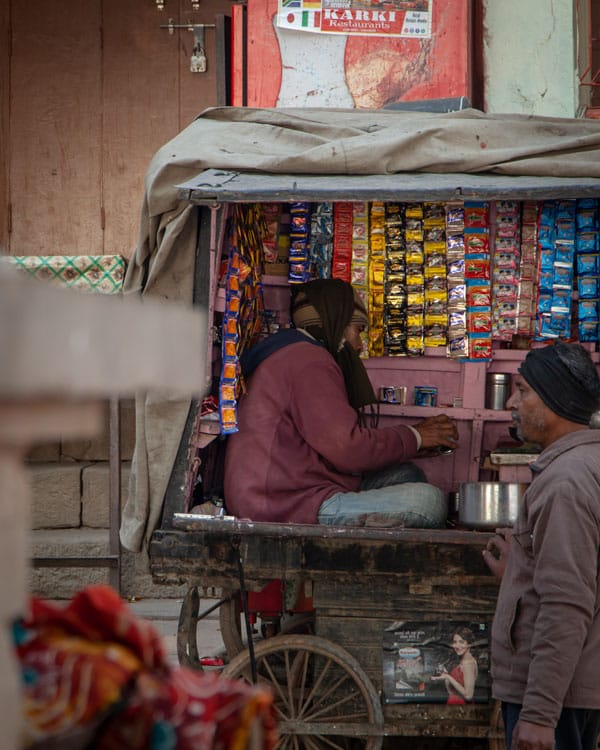
Somehow, the moment lasted for eternity. Yet, at the same time, it felt like it was just a second later when our already creaking boat was slammed back into the dock by those hot on our heels. Throngs of people are swarming with me from either side; the only direction we can go is up the Ghat’s steps en masse.
There’s not a moment of calm anywhere to be seen. The stairs, the streets, the roads, the waters – everywhere I look, there is a swarm of locals, tourists, honking bikes and unfussed cattle moving as one. It’s chaotic without being overwhelming. Somehow, the horns sound more soothing here than in Mumbai, the throngs of people more comforting than in Delhi.
Reaching a clearing, I stall to take it all in. A weary group of pilgrims edge past, bags balanced on their heads. They’re pushing against the crowds and must be heading to the Ghats to rest or bathe. I wonder if they’re also continuing to Prayagraj Kumbh Mela.
My friend Janet grabs me and we slide into a paint-flaked storefront for a lassi. The yoghurt and honey drink hit the spot, and I remember I hadn’t eaten since morning. Is this still the same one day in Varanasi?
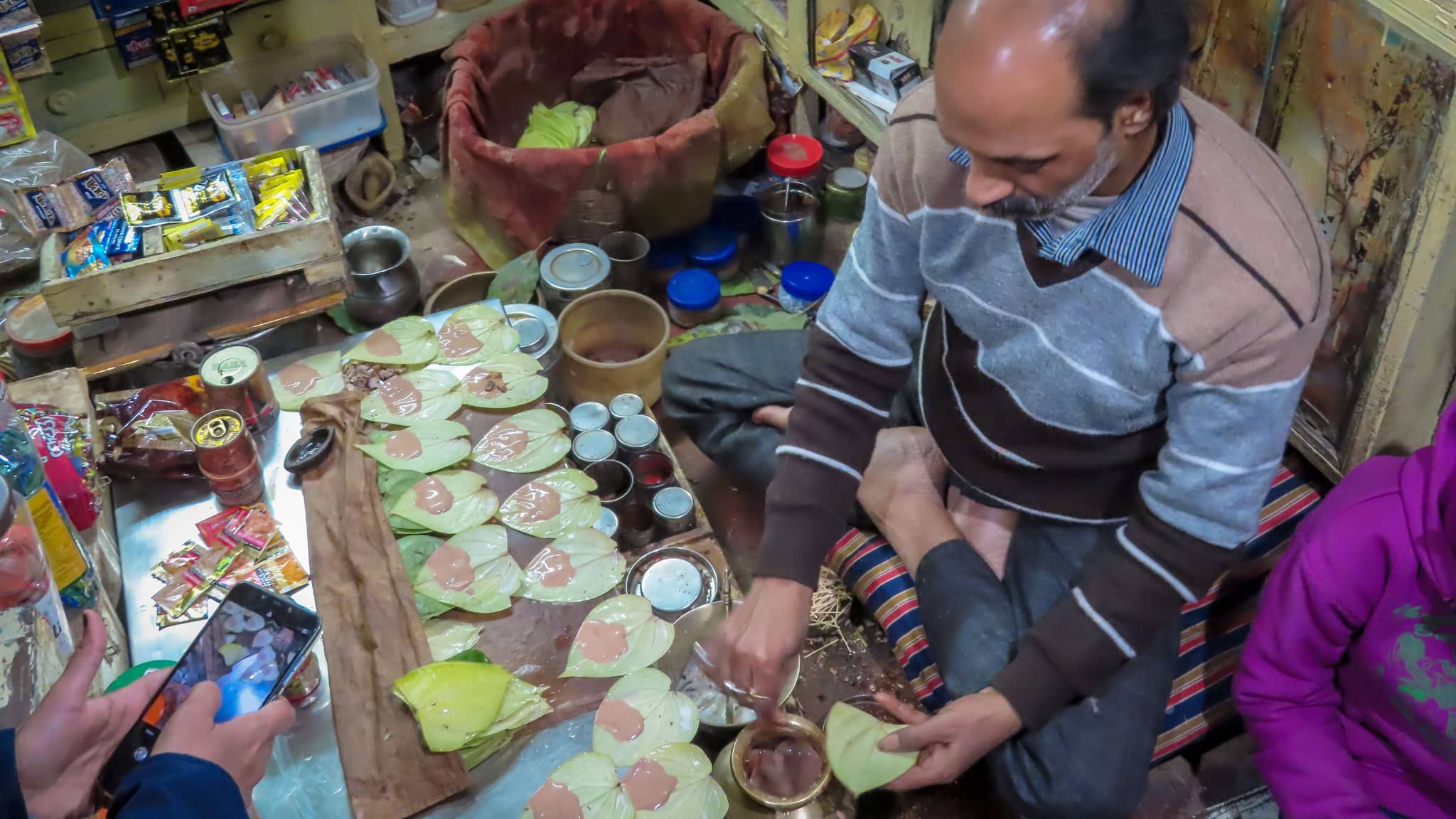
As we exit the cafe onto the street, a sense of serenity has seemingly returned. We’ve decided to splash out and eat at one of the restaurants overlooking the river. It seems like too much of a once-in-a-lifetime opportunity to skip.
Yet, en route back to the waterside, the street food is simply too tempting. We chow down on banarasi paan, betel-nut leaves stuffed with spices and rose jelly, and freshly cooked samosas before hunting for our feast.
But my eye’s been taken by a fragile lady, head to tow in a radiant ochre sari. She’s bartering with passers-by to sell her last few candles, and we relieve her of the final three and wave goodbye as she clambers up the Ghat.
These candles are signs of respect. The river is Mother, and Mother should be respected. Settling by the water, I poke my toes into the oil-like waters before bending to place the leaf basket. For a second, everything seems silent as I fixate on my offering floating into the distance. As the tiny flame extinguishes, the chanting, chirping, and ringing return louder than before.
We catch each other’s eye and seem to silently understand. We might have just shared the same one day in Varanasi, but for us – and the millions of others that flock here each year – no one’s one day can ever be the same here. Varanasi is your own subjective story.
A story you’ll carry until cremation.
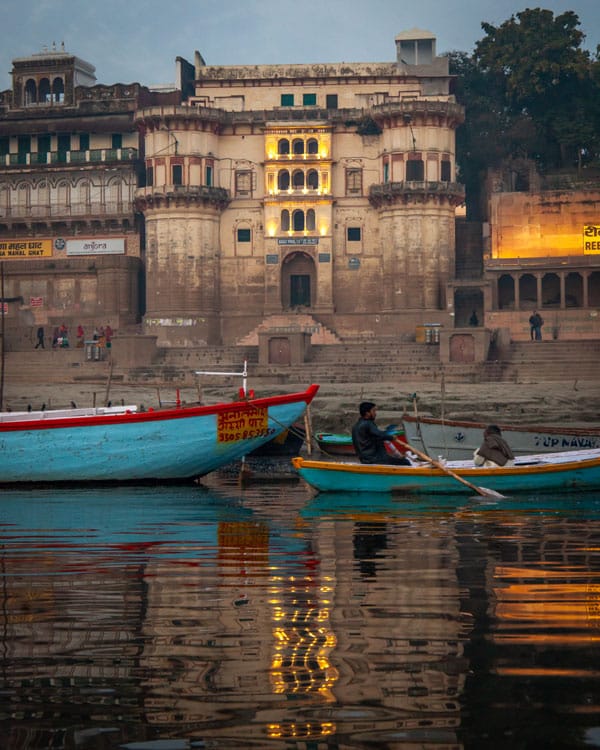
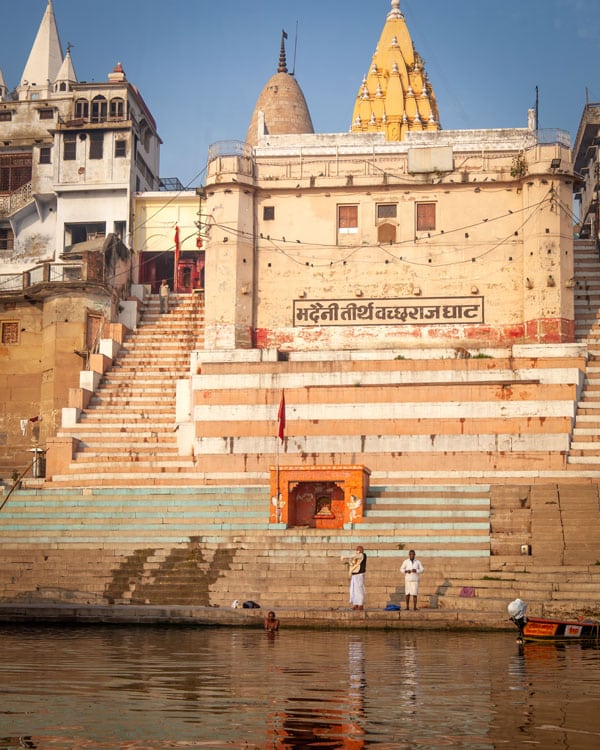
Plan your visit
Where to stay in Varanasi on a budget: The Ganga Fuji Hostel gets excellent write-ups and reviews and is just a short distance from the Ghats. Prices are around £10 a night for a private or about £4 for a dorm.
Where to stay in Varanasi in comfort: I stayed at the Ramada, a five-star hotel with a pool and spacious rooms around twenty minutes from the city. It was in the Cantonment area, where many resort hotels are.
Where to stay in Varanasi for a unique experience: For those wanting some quality digs closer to Varanasi, the Brij Rama Palace is located along the Ghats. It’s a stunning converted palace and part of the Heritage Hotels collection.
How to get to Varanasi: Flying into Lal Bahadur Shastri airport is the best way to reach the city, given the distance can be far and trains are long in India. The airport is well connected with domestic destinations (and some international), ranging from budget to more premium airlines. The journey from the airport to the central city took me around 40 minutes.
Where to go after Varanasi: Head off and explore more of the Uttar Pradesh region, such as Ayodha and Prayagaja, home of the Kumbh Mela. For those seeking the iconic, the Taj Mahal is in Agra, also in the region, and is a great place to begin the famous India Golden Triangle tour of Agra, Jaipur and Delhi.
*This article was first published in 2019 and updated in 2024.
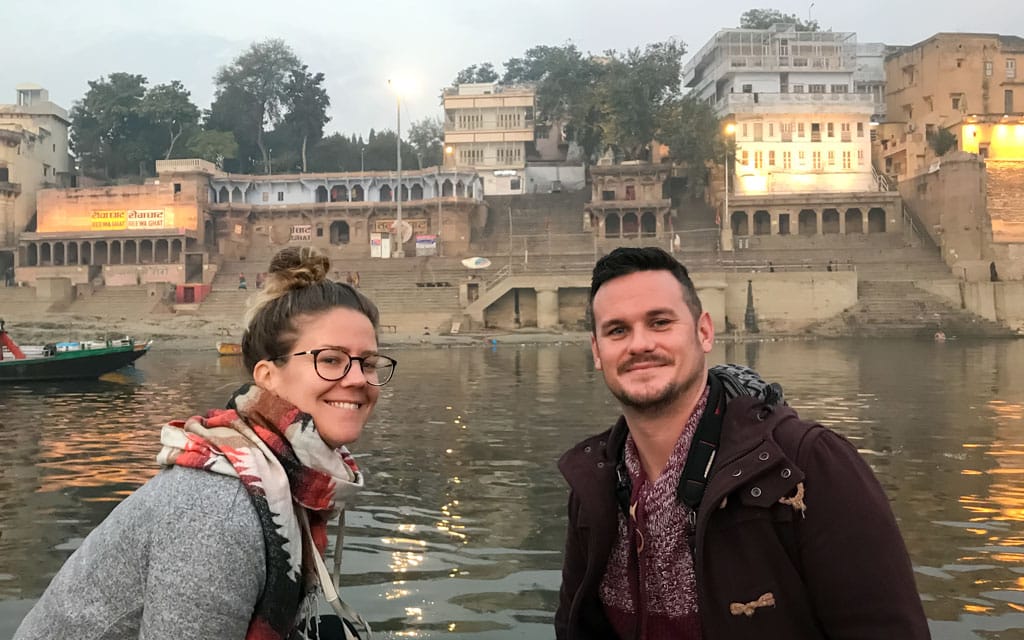




Very well said. This is varanasi. One must must visit once in their life.
Thanks for travelling
Nice post. As an resident of varanasi i can say that u have mentioned all info on it.
Keep up the good work.
All the best
Is it recommended to travel to banaras during lunch mela?
I belong to Varanasi. Thank you for representing my city. I really love the photos on your blog and articles are as usual amazing.
Thank you!
Varanasi is one of the least explored travel destination in India. Thanks for writing an article about it.
I loved my time there!
I’m so happy that you’ve written this. Varanasi is one of those destinations that I’d love to visit but a totally unsure about too! It’s so nice to know that it’s not all as bad as I’ve heard! Some of your photos show such a different side of the city too. I would never have thought there’d be so much gorgeous!
Thanks for sharing! :)
Varanasi also called Banaras or Kashi a city with its own charm, rust, flavour and the city draws Hindu pilgrims who bathe in the Ganges River’s sacred waters and perform funeral rites. A must visit once in your life time. People says that The door of salvation is through Varanasi. Beautifully written Dan and your pictures are just amazing!! The very mention of the town “Varanasi” gives me goosebumps, always! The morning and evening aarti is a grand spectacle and this definitely gives me tears of joy and happiness.
Varanasi is actually the holiest places in all of Hinduism. Ganges river is an important part of Varanasi. Ganges river water is considered sacred among all the rivers. I am reading your blog and really you share the guideline of Varanasi is helpful. Thanks for sharing.
Great Article! I am from India, I have read your blog it’s Amazing. I want to get your review on, How was your experience during traveling in India.
I really enjoyed India, i’ve been five times and each have been different, some with challenges, but overall great!
Namaste Dan,
Even I m from Varanasi, it’s always a proud moment when someone embraces Varanasi. I hope you enjoyed the trip there.
I had a great time, thanks!
Varanasi is the calmest and interesting place in India.
I would love to go back there again and again.
Thanks for your awesome travel guide and photos are really beautiful.
Beautifully written Dan and your pictures are just amazing!! The very mention of the town “Varanasi” gives me goosebumps, always! The morning and evening aarti is a grand spectacle and this definitely gives me tears of joy and happiness.
Thank you Praveena, it’s certainly a city unlike any other!
First of all great read! Would love to visit Varanasi someday.
Compliments for the creative title!
Thank you. It’s an unforgettable place, hope you do get to visit :)
Today is the first day, i have searched in the google ‘Top travel bloggers,’ and Voila! the first name which is popped up, is yours, so I thought to visit your blog first, and guess what? I have been here since last two hours, as i am reading you more, i m being more curious to read your blogs, the way you write about places, reader can easily visualize that place, even when they haven’t visited once. And I am wondering how could you describe Varansi in exact words like any local could describe it. No-one is able to say you had visited Varansi only for few days after reading this article, and as an Indian, i am so mesmerized by reading your articles, great work bro, i am feeling like, i have just visited Varansi, Just Visited Perth, Fremantle.. keep inspiring bloggers and keep taking on visualization tour your readers.
Thank you so much Janki!